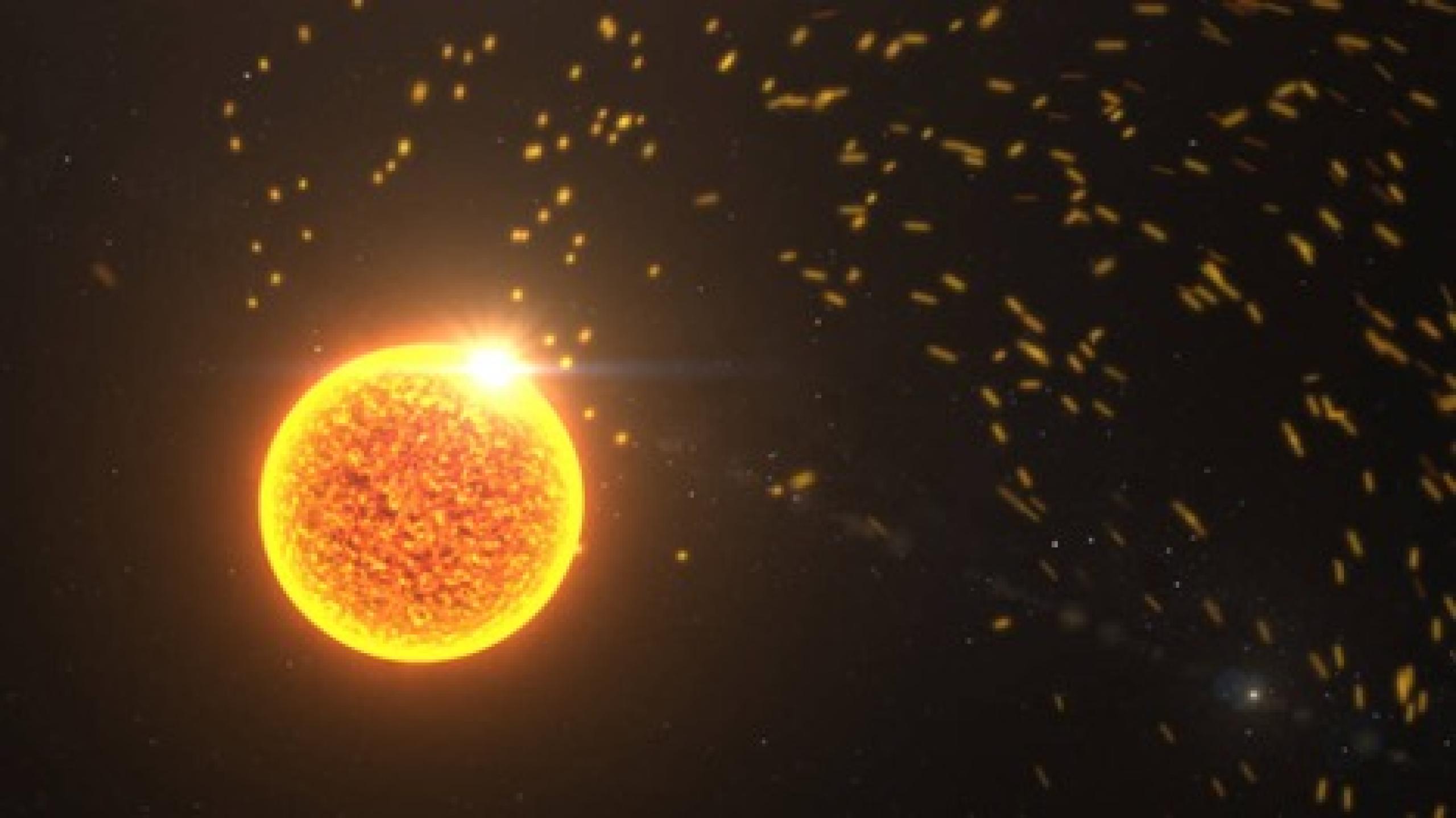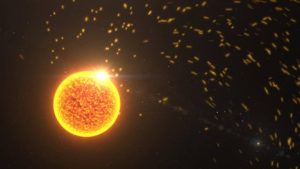
The announcement was made at the start of the Space Comm-Expo in Farnborough, which is one of the UK’s largest space events. Beneficiaries will include space and science student projects, UK researchers working to design magnetometers for NASA’s HelioSwarm mission, and the Space Inspirations scheme that sees volunteers from the space sector working with schoolchildren across the UK
“As the UK’s space ambitions increase, investing in STEM programmes is equally critical,” said Dr Paul Bate, Chief Executive of the UKSA.
“We want to make sure that every young person across all communities can be inspired through space, imagining new possibilities and innovations to which they can contribute, drawing on their growing STEM knowledge, and having fun learning along the way.”
Partnerships
Specifically, the first nine projects selected for funding from the bilateral programme will link UK organisations with the US, Japan, Canada and Europe, using £2.3 million of funding, “to develop collaborative proposals for new space science and exploration missions”.
For example, one project will see Imperial College London team with the University of New Hampshire to design magnetometers for NASA’s HelioSwarm mission (pictured above). It will seek to improve our understanding of space weather by using a “swarm” of nine small spacecraft to measure solar winds.
STEM
Also, a Space to Learn programme will channel £4.3 million of funding into four major educational projects.
These include the National Space Academy’s series of specialised masterclasses, involving more than 40,000 students with science career opportunities, and the Jon Egging Trust’s Blue Skies initiative delivering 28,000 hours of space-related education resources to students.
The funding will also help the European Space Education and Resource Office run its Space Inspirations scheme, which sees regional volunteers from the space sector work with more than one million children across the UK – helping young people to engage with the space sector.
Image: Nasa – The Sun sends out a constant stream of particles and energy, which drives a complex space weather system near Earth and can affect spacecraft and astronauts.
See also: UK Space Agency launches Space Sector Skills Survey 2023







